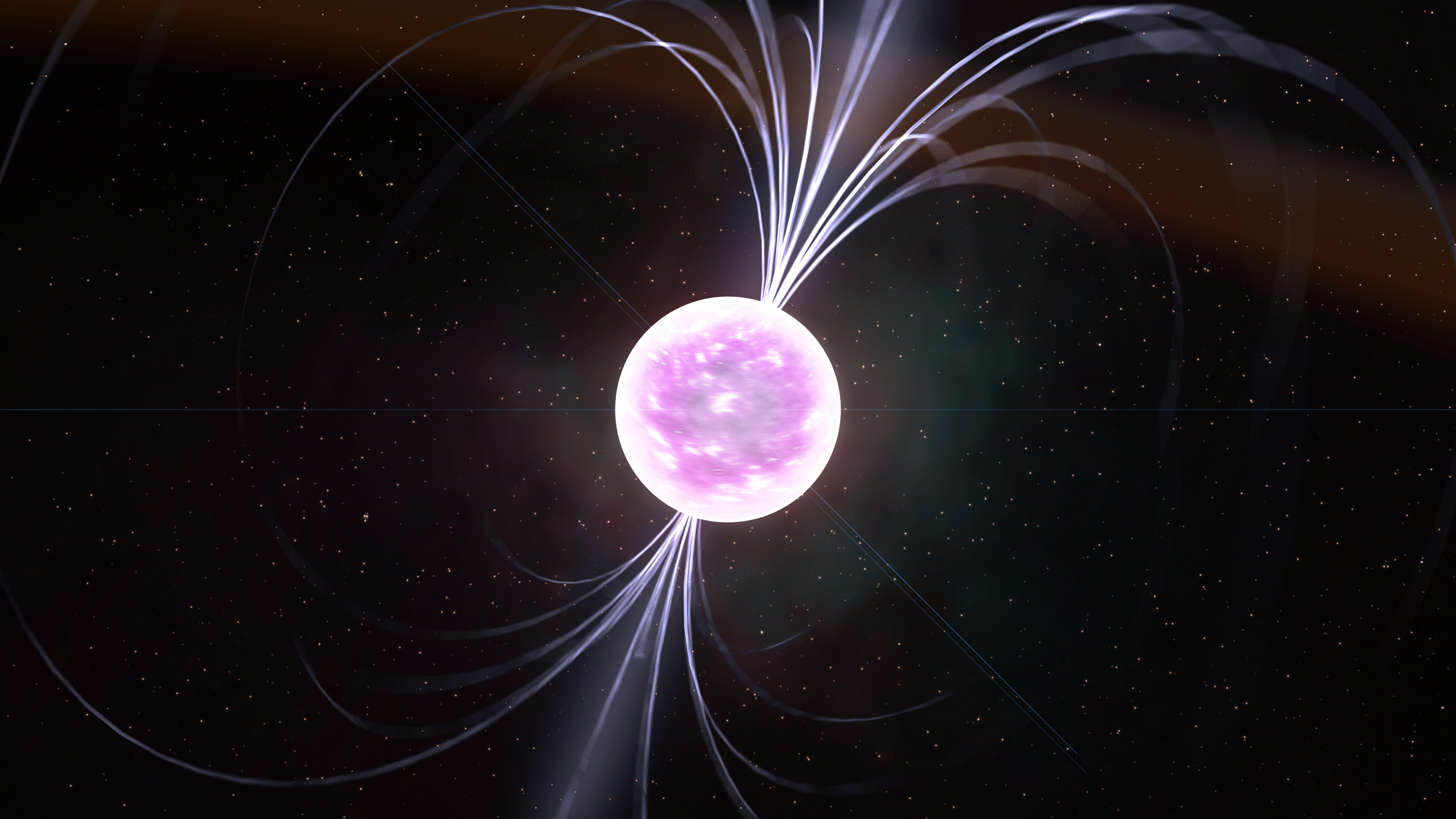Attachments
Note: Not all attachments are visible to the general public. Research URLs will go live after the embargo ends.

Research
Springer Nature, Web page
Please link to the article in online versions of your report (the URL will go live after the embargo ends).
Journal/
conference: Nature Astronomy
conference: Nature Astronomy
Research:Paper
Organisation/s:
The University of Sydney, ARC Centre of Excellence for All Sky Astrophysics in 3D (ASTRO 3D), CSIRO
Funder:
This manuscript makes use of MeerKAT (Project ID: DDT-20210125-MC-01) and
Parkes (Project ID: PX071) data. M.C. thanks South African Radio Astronomy
Observatory (SARAO) for the approval of the MeerKAT DDT request and the science
operations, Control and Monitoring/Central BeamFormer (CAM/CBF) and operator
teams for their time and effort invested in the observations. The MeerKAT telescope is
operated by the South African Radio Astronomy Observatory, which is a facility of the
National Research Foundation, an agency of the Department of Science and Innovation.
The Parkes Radio Telescope (Murriyang) is managed by CSIRO. We acknowledge the
Wiradjuri people as the traditional owners of the Parkes observatory site. M.C. thanks
the Australia Telescope National Facility (ATNF) for scheduling observations with the
Parkes radio telescope. The SALT observations were obtained under the SALT Large
Science Programme on transients (2018-2-LSP-001; PI: D.B.), which is also supported by
Poland under grant no. MNiSW DIR/WK/2016/07. M.C., B.W.S., K.R., M.M., V.M., S.S.,
F.J., M.S., L.N.D and M.C.B. acknowledge funding from the European Research Council
under the European Union’s Horizon 2020 research and innovation programme (grant
agreement No 694745). M.C. acknowledges support of an Australian Research Council
Discovery Early Career Research Award (project number DE220100819) funded by
the Australian Government and the Australian Research Council Centre of Excellence
for All Sky Astrophysics in 3 Dimensions, through project number CE170100013. K.R.
acknowledges support from the Vici research programme ‘ARGO’ with project number
639.043.815, financed by the Dutch Research Council. J.v.d.E. is supported by a Lee
Hysan Junior Research Fellowship awarded by St. Hilda’s College, Oxford. D.B. and P.
Woudt acknowledge research support from the National Research Foundation.



 Australia; NSW
Australia; NSW


